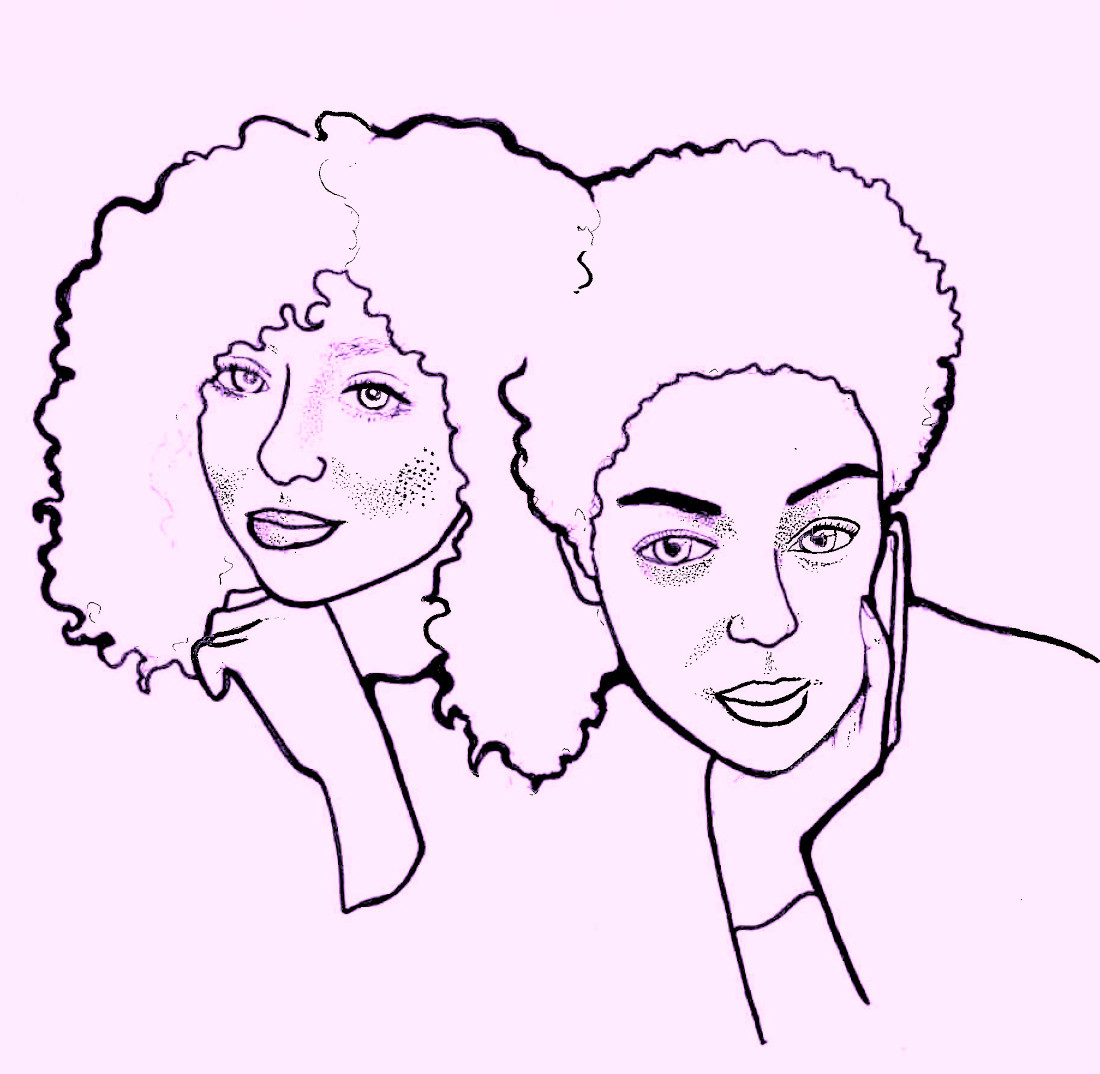Embracing the curl
And the highs and lows of curl culture
Growing up a curly girl in Manitoba was a struggle. In school, I was surrounded by a sea of pin-straight hair and waves. Some would stare in admiration, but most of the time, I was met with attempts to try and touch, undoing the meticulous work that often left me in tears.
Often, my hair was called frizzy, puffy or likened to a bird’s nest. These microaggressions my peers uttered drove me to do whatever I could to make my hair palatable to others – be it straightening my hair or wearing it in tight ponytails, which only resulted in heat damage and tension headaches.
When I would go home and turn on the TV, searching for a hair texture that resembled my own, I would be disappointed. From Zendaya to Raven-Symoné, all the popular Black actresses wore their hair straight, which was typical of the early 2000s and 2010s.
The overarching messaging to Black women and curly-haired folks was simply to cover up their curls and coils. It was evident in Hollywood, in microaggressions and at major shopping corporations. Years ago, when I would enter a drugstore, searching for products in their Black hair “aisle,” I was consistently disappointed by small supply of relaxers or diluted detanglers among their endless shelves.
Now, cultural messaging about curls has shifted. Celebrity curl-care brands, such as Pattern by Tracee Ellis Ross, are thriving. Mainstream drugstores carry brands like Shea Moisture that cater to curls and coils, and Hollywood is finally employing Black hairstylists for Black actors, which is a historic feat.
However, now that 3a to 4c hair types are being embraced with pride, and curls are finally considered cool, new issues have arisen.
TikTok has seen a boom in women with waves at best, scrunching their hair for dear life, attempting to get curls, which has left many perplexed. Allure magazine has been under fire for advertising how to get an “afro” with straight hair, and the Mielle controversy saw influencer Alix Earle rave about a Black-owned hair oil, resulting in a soaring price point that has left it inaccessible to those who need it.
This all raises the question: are curls widely accepted and embraced because the discourse surrounding Black issues has shifted? Or are curls now widely accepted because Black culture is currently “trendy?”
It’s hard to say. Black hair remains a politicized issue and has a deep history of being policed in Canada. Along with TikTokers leaning into the curl “trend,” it’s hard to tell if this messaging online (and here in Manitoba) is an ode to Black culture or an imitation of it.
Though there is no definitive answer to these questions, it’s imperative to be mindful of the content we consume, the products we buy and the trends we follow. Though the recent strides in curl culture should be celebrated, it’s important to remain vigilant and remember that some things are simply appropriation. So, if you straight-haired folks take away one thing from this piece, please let it be to not attempt an afro!
Ava Fearn (she/her) is a second-year political-science major who loves writing and seeing Black folks rock their natural hair.
Published in Volume 77, Number 21 of The Uniter (March 9, 2023)








